Ways to Heat Your Outdoor Deck in Winter
Friday, July 14, 2023As winter comes, the outdoor temperature begins to drop. Many people give up outdoor activities and move their activities indoors. But winter doesn’t mean you can’t enjoy your outdoor deck. Winters can be cold, but usually sunny. You should be out on your deck, enjoying that sun. Of course, you’ll need some way to make it warmer enough to be outside.
There are two ways to increase the temperature of your outdoor deck in winter. One is to add a deck heater and one is to change the design of the outdoor deck. Both will increase the temperature on the deck and increase the comfort of outdoor living so that you can enjoy your outdoor living all year round.
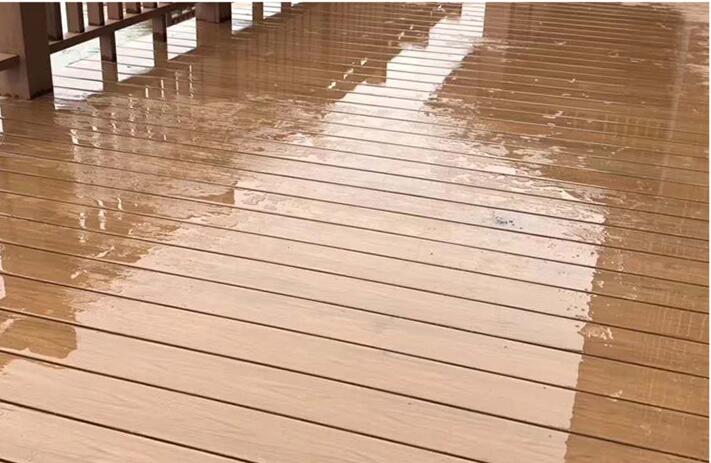
Deck Heater
Inside the house, we heat the air in the house through the furnace, which further increases the temperature in the house. Whereas on the outdoor deck, we cannot heat the air to increase the temperature, need to change the heating method.
What deck heaters need is directed heat, like the heater blowing directly on you. Or heat your skin and objects around your deck with infrared light.
Fixed Deck Heaters
What sets these heaters apart from other deck heaters is that they need to be designed and installed as part of the deck architecture, even on hot summer days. Stationary deck heaters are designed to be safe and convenient to use in winter without compromising the aesthetics of your outdoor deck in summer. A permanent deck heater will provide greater comfort at a lower cost than other heaters.
Removable Deck Heater
In addition to stationary deck heaters, we also have the option of portable deck heaters. The heaters allow you to take them out when you need the heat and put them in storage in the summer to keep your deck open for other things. If you don’t use your outdoor deck a lot during the winter months, a portable heater is a great option.
As portable deck heaters are usually propane or electric fueled. Electric portable heaters need to be used close to an electrical outlet. It is important to note that extension cords and splitters should not be used with heaters as they can create a fire hazard. If you plan on using an electric heater, then additional outlets will need to be installed on the outdoor deck.
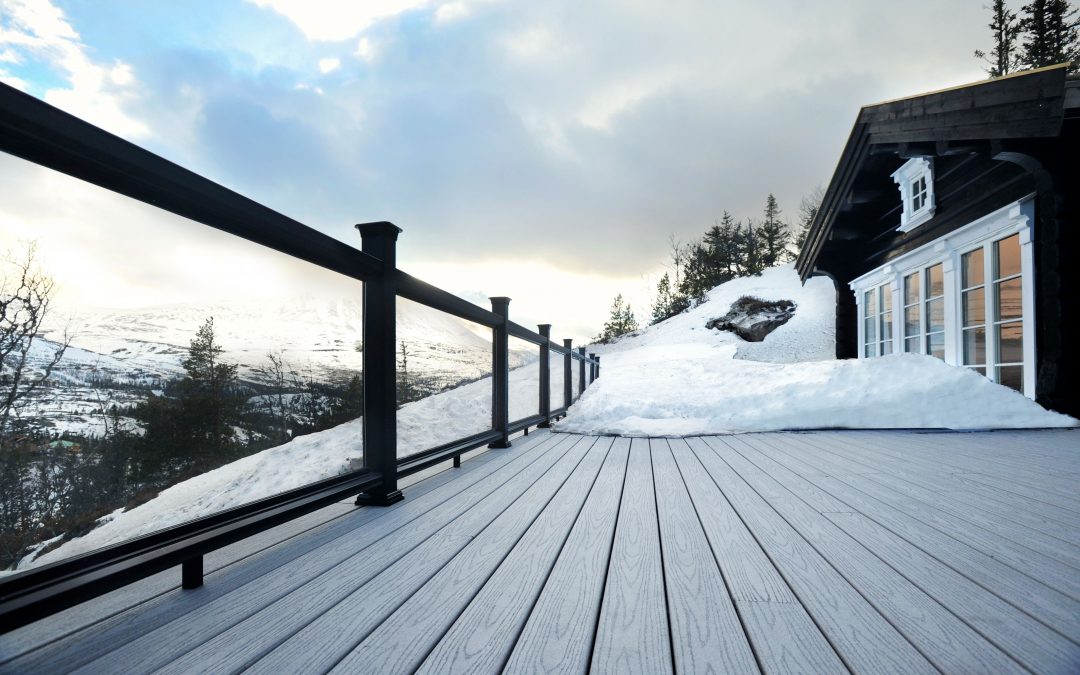
Different Types of Deck Heaters
Deck heaters can be powered by electricity, propane or natural gas. Which deck heater to use depends on the local market and prices. In addition, installation issues also need to be considered, and different heaters have different installation difficulties.
Natural gas heaters are less expensive to use but require professional installation with a higher upfront cost. It might be worth it if you plan to heat your patio often and long-term during the colder months.
Electric heaters are the easiest to install and use. But it takes longer to heat up because the electric coil takes time to heat up. Most electric heaters are up to 90% energy efficient, providing a great level of heating.
Propane heaters are a hybrid of electric and natural gas heaters, with both advantages and disadvantages. They don’t require professional installation, but propane is generally more expensive and requires regular trips to the gas station for refills.
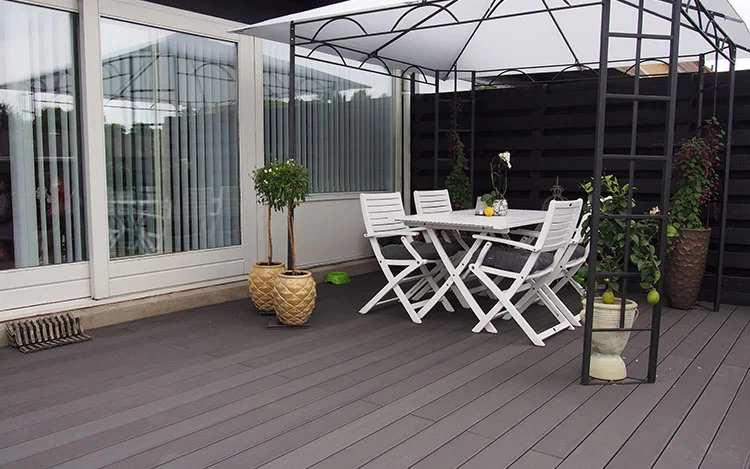
Installation methods of deck heaters in different areas
1.Ceiling heater
Usually mounted between the beams of a pergola, or hung from the roof of a porch. Ceiling heaters are great for warming larger covered areas on decks. Although more restrictive, requiring a roof to connect, it would be great for a relaxation area to keep guests warm under the pergola.
2.Wall heater
Similar to a ceiling heater, mounted on the house wall above the deck, about 6 feet above the deck. This heater provides warmth without blocking sunlight.
3.Floor heaters
This type of heater also heats from above, but doesn’t need to be attached to a wall or roof. The heaters are placed on pyramid-shaped cones 6 feet to 8 feet from the deck. Fits right in the center of the deck area and provides a comfortable conversation area.
The biggest advantage floor heaters have over mounted heaters is the built-in stand. Does not require a permanent deck structure and can be used in turns on deck, but their size and weight limit range of movement.
4.Deck fire pit
A brazier can bring the warmth and atmosphere of a campfire to your deck. Get ready for a barbecue or other food, have a family meal around the fire pit, and enjoy a fun and warm fire on your deck.
Of course, care must be taken when using a brazier to prevent accidental fire or damage to the deck, and braziers on deck should be used on a fireproof mat. Natural gas or propane fire pits are safer than wood fire pits without the risk of dangerous embers exploding from the fire pit and starting a deck fire.
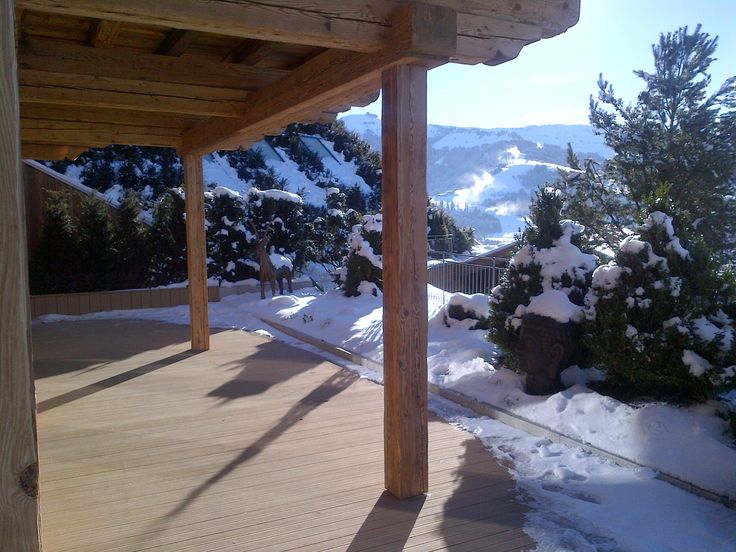
5.Outdoor electric fireplace
Hang on a wall or over a mantel to provide warmth via electricity. Safer than a wood fireplace, there are no sparks or open flames that could burn your deck. An electric fireplace typically emits 4,600 BTUs of heat, and indoors it can heat a room between 400 and 1,000 square feet, with drafts and open skies limiting its effectiveness.
6.Portable deck heaters
Portable heaters need to be heated with infrared light. As we said earlier, portable heaters can only warm themselves. Infrared heaters do a good job of warming your skin, but because of their small size, they have to be pointed precisely at you when using them. Places securely around your deck to provide warmth as needed.
7.Hanging garden lights
A decorative and portable heater that mounts to the ceiling. The lampshade delivers heat to those underneath while providing aesthetics. Electric heat is safest, but pendant heaters can also use propane or kerosene. Make sure the hanging garden lights are hung in a secure location with the necessary clearance. As with any heat source, constant supervision is required to avoid a fire hazard.
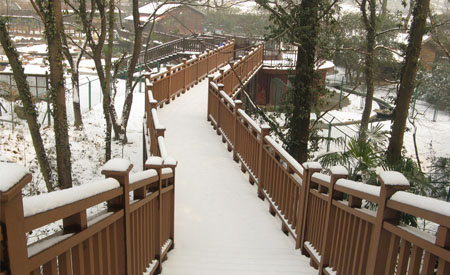
Passive Deck Heating
Heaters aren’t the only way to heat your deck. There are many ways to warm an outdoor deck without a heater, build your deck in a way that traps or reflects heat, and warm your outdoor living space with natural sunlight.
Passive heating is not efficient heating and relies heavily on natural sunlight. If it’s cloudy, you’re better off using a deck heater.
1.Deck wind wall
The cold winter wind blowing across the deck can feel chilly. A well-placed wind wall can shield the deck from cold winds and increase the comfort level of the deck. A windbreak does not heat the deck, but it can increase outdoor deck comfort and warmth by blocking cold winds.
2.Close the deck
Enclose the roof and walls of the deck with glass, which not only allows you to enjoy the sun and enjoy the scenery comfortably, but also effectively blocks the cold wind. With the sun shining, your outdoor deck can be heated to the same temperature as your house. Let you enjoy the wonderful outdoor life to the fullest.
The controlled temperature even allows your outdoor deck to be used as a greenhouse for year-round gardening enjoyment. When building a sunroom on your deck, and adding a deck heater, the options are endless.
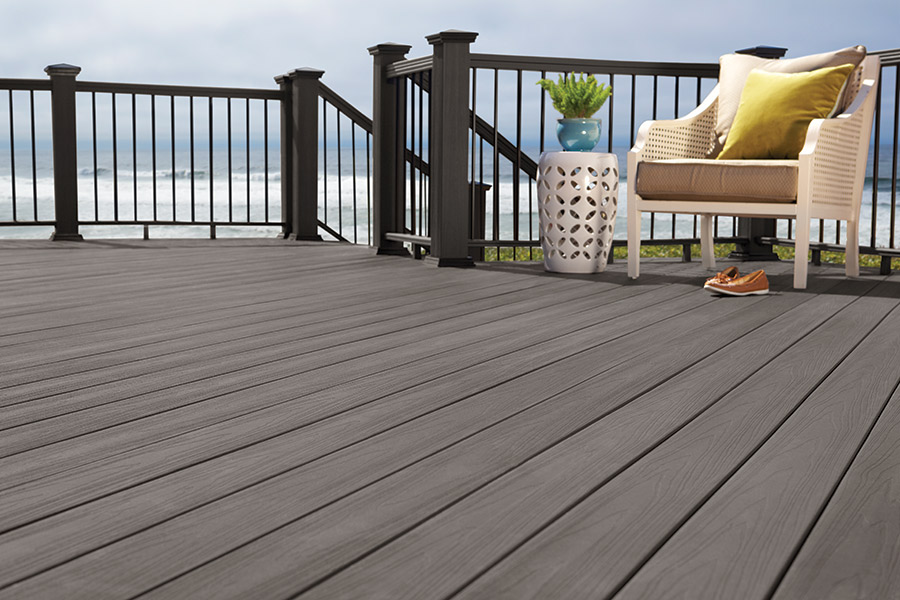
3.Laminate floors warm your feet in winter
Laminate floors in darker shades will warm quickly in the sun. The temperature of the deck has been increased, making it possible to walk on the deck with bare feet at noon, even in the cold winter.
4.Outdoor rugs and blankets
If the outdoor deck is cold, outdoor rugs and blankets will warm your feet while you sit on the deck. Insulate your feet from the cold deck while enjoying the sun.
5.Hot tub on deck
Hot tubs are one of the most popular ways to enjoy your deck during the harsh winter months. There’s nothing like relaxing in a hot tub surrounded by snow. When you mention a hot tub, almost everyone is interested in coming over to enjoy your deck in the winter.
Summary of heating the patio in winter
These heated deck ideas may all be helpful, but several ideas are best used in combination to be more effective. Actively controlled heat, passive deck protection, plus judicious furniture arrangement for warmth.